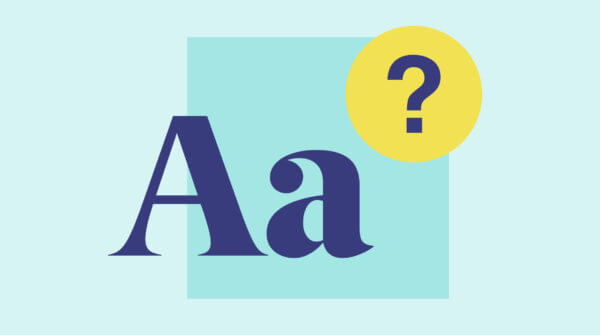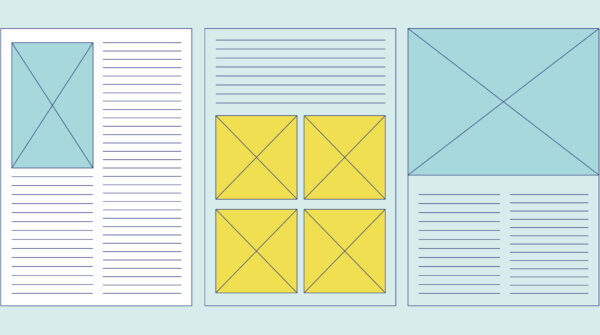January 3 2024
Tags:
Share:
PDFs are ingrained in our workflow, we use them every day and I’m not sure we could do without them. PDFs have Pretty Dazzling Flexibility and uses.
Invented in 1992 by Dr John Warnock as a standardised file exchange they have revolutionised the sharing and presentation of documents and become a trusted international standard. We use PDFs for many aspects of our business, sending projects to print and share concepts to allow for collaboration feedback and approval. What we are less keen on however is the use of PDFs for website content. Please Define Further I hear you say, OK I will.
It’s easy to know why people have become so attached to PDFs as web content and won’t let them go. It’s Presumably Due to Familiarity. They are quick and easy to create as most software supports PDF as an export. You can control the design, and as creatives we’re always fans of that. It took many years as traditionally trained print designers for us to let go of that control when designing for web. PDFs are used universally and information is probably already in PDF format, the easy option for many is to keep them and simply upload them to a website, rather than look at other options. Perhaps Deletion is too Frightening?
When we look to refresh a website we aim to refine and streamline the often dense content, into a clean and simple user experience. We audit the site and encourage organisations to remove PDFs and turn their PDF content into HTML. Despite that, we’re often requested to retain PDFs either as repeated content for download, or to replace particularly long content, as stand-alone content. Neither of these are reasons to use or retain PDFs, but it can be quite hard to convince people to consider alternatives. The main rationale for moving away from PDF content online is that in general it is harder to find, use and maintain.
Here are my 3 top reasons to avoid PDFs for web content:
1. Potentially Disruptive Format (Accessibility)
In a survey by non-profit organisation WebAIM when asked ‘How likely is it that PDF documents will pose significant accessibility issues to you?’ The vast majority (75.1%) of respondents indicated that PDF documents are very, or somewhat likely to pose significant accessibility issues.
Most PDFs online are not accessible, they don’t include image tags or alt text for the use of screen readers. If the structure and layout has been designed for offline use, it’s unlikely that online use has been considered for accessibility in terms of hierarchy and ordering of information’ which also hinders screen readers ability to convey the information.
2. Please Don’t Forget (Difficult and cumbersome to update)
When information is duplicated as a PDF download or as a standard-alone PDF, it’s twice as likely that it’ll be forgotten when the information needs updating. Think of something like a fact sheet, that is also available to download. You’ll have two formats, both of which will need to be updated, creating additional effort, a risk of outdated information and inconsistency.
3. Particularly Dilutes Function (Generally not a nice user experience)
PDFs are not responsive and can be hard to read on a mobile device. Not to mention confusing mobile users with the Please Download Frustration. Download to where? How will I find it? It’s important to remember not all users view and download content on a computer. Long content is the main culprit for opting for a PDF; as the fear is that users don’t like to scroll and read too much, but that’s not the case and a well-structured layout is a much preferred approach. There are some great examples of long content structures, here’s one we think works well – The Health Foundation
There are times when a PDF might be the right format. If you need a user to print it then it is probably better as a pdf; but most types of information can be much more successfully achieved in another format. Forms are one thing that people often try to argue to retain as a PDF; but there are so many other alternatives such as Typeform or Gravity Forms which offer a better experience; particularly if the PDF needs to be downloaded, filled in, scanned and emailed back.
I have written this from the perspective of our own experiences; but it was fascinating to read about the wider views of the format; it obviously irritates a lot of people and not just me! I was in fact inspired to finally write this blog by Lauren Pope, a content strategist for charities, cultural organisations and non-profits who writes in much more detail about the love/ hate relationship with PDFs as web content and goes into a lot more depth. If you haven’t signed up to Lauren’s 10 Things for nonprofits then I encourage you to do so.




